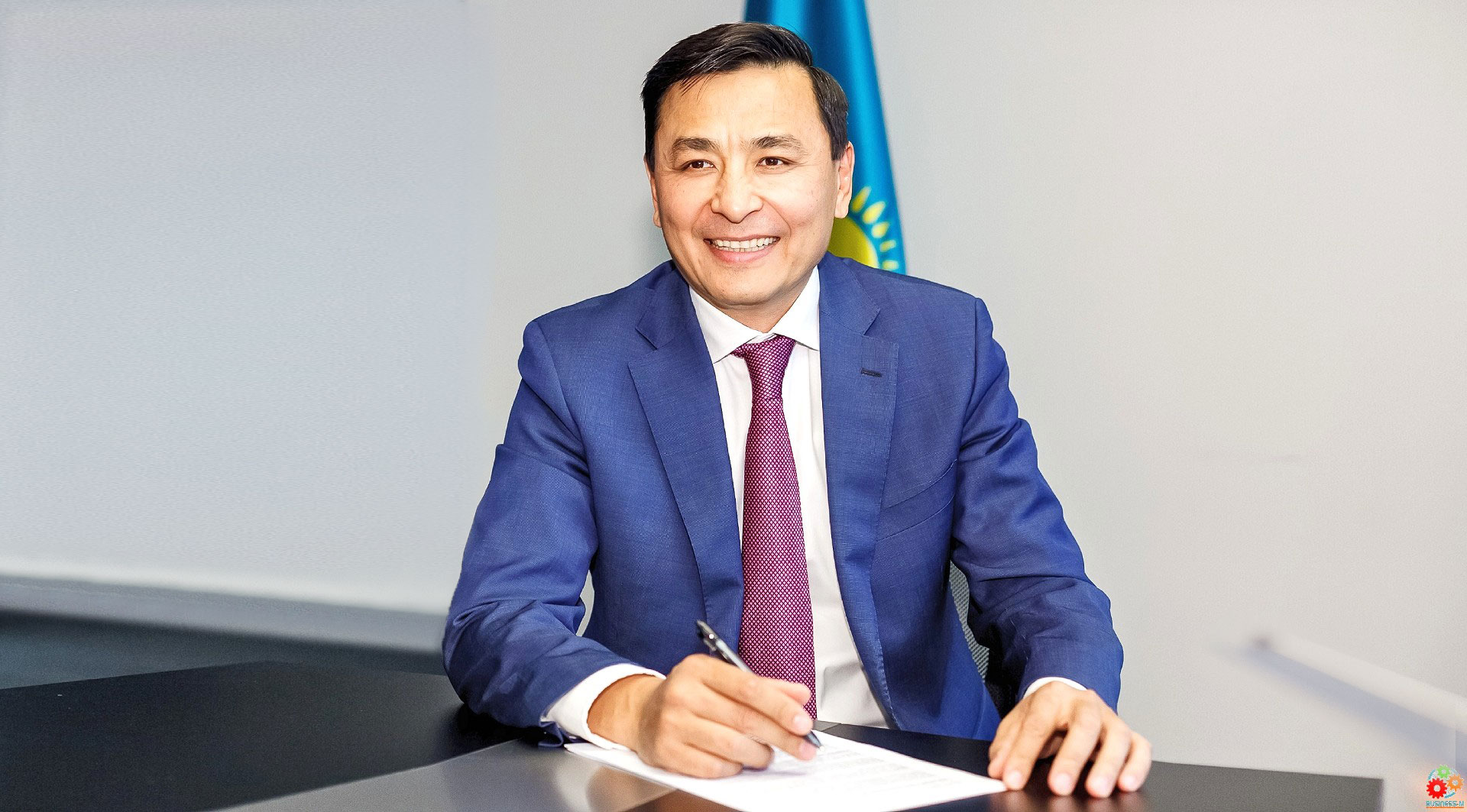
A conversation with Ambassador Altay Kulginov about what unites Kazakhstan and Estonia today — people, projects, and common goals
By Alina Otter
In honor of the upcoming Republic Day of Kazakhstan, the editorial team of BUSINESS-M.eu conducted an interview with the Ambassador Extraordinary and Plenipotentiary of Kazakhstan to Estonia, Mr. Altay Kulginov. In the warm atmosphere of the embassy in Tallinn, we talked about the present and future of bilateral relations, from business and cultural initiatives to tourism and digital opportunities.
We are grateful to the Ambassador for an open and heartfelt conversation and are pleased to share the most interesting highlights with our readers.
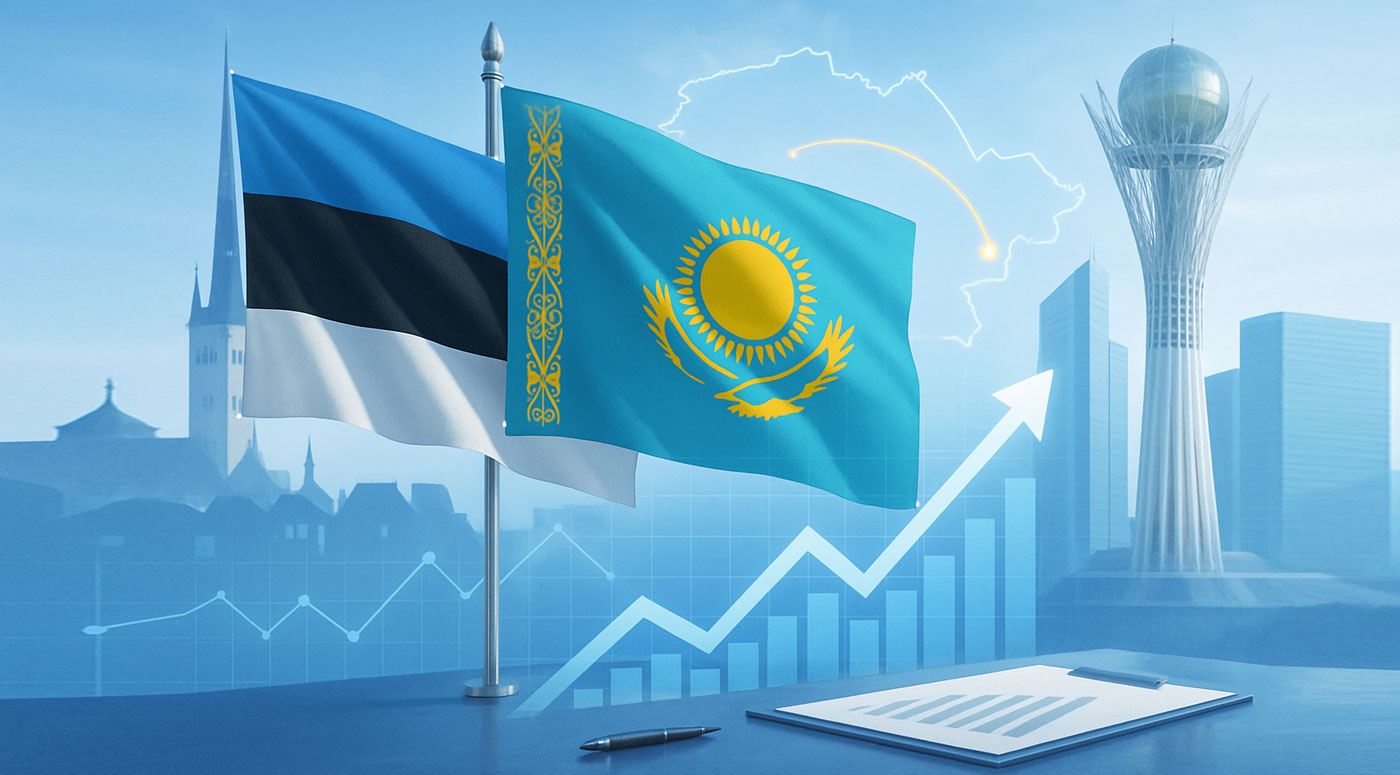
Business Relations
In which business sectors are Estonia and Kazakhstan currently cooperating most productively, and where do you see growth potential?
First, I want to emphasize that the European Union is a key trade and economic partner for Kazakhstan. In 2024, trade between Kazakhstan and the EU amounted to around $50 billion, with trade with the Baltic states alone reaching approximately $355 million. These numbers show a stable and mutually beneficial interest.
Estonia plays an important role as a logistics and technology partner. We actively cooperate in transit and logistics: Kazakh goods pass through Estonian ports such as Sillamäe, Muuga, and others, on their way to European markets. This is a real example of Kazakhstan’s successful integration into the Eurasian transport system.
The industrial sector is also worth mentioning. Projects are under consideration to establish joint production, especially in equipment for Kazakhstan’s oil and gas sector. Businesses in both countries are highly interested in deepening cooperation, and our embassy helps establish direct contacts between companies.
Another priority is digital transformation. Kazakhstan is placing special emphasis on this direction: this year, we established a Ministry of Artificial Intelligence, which underscores our strategic focus on developing AI, big data, cybersecurity, and digital services.
Kazakhstan has already introduced many digital solutions: e-signatures, online government services, e-licensing, and mobile government apps. However, Estonia’s experience, especially in systematic digitalization, e-government architecture, personal data protection, and infrastructure resilience is extremely valuable to us.
We are also exploring cooperation opportunities with Estonian tech companies. For instance, we are interested in the experience of Turnit, which specializes in digital passenger transport systems. Preliminary discussions are ongoing, and we are considering the implementation of similar solutions in Kazakhstan.
Education is another promising area. Estonia ranks first among European countries in the PISA international education assessment, and we are studying its experience with great interest. We have already begun working with HARNO (Estonian Education and Youth Board) and are implementing a project between Tallinn University and the Almaty Women’s Pedagogical University to create a Competency Center for Early Childhood Education Training.
— Are there any new joint investment projects planned with Estonian companies?
— Yes, such projects are actively being discussed. For example, Bolt, which entered the Kazakh market in the summer of this year, demonstrates mutual business interest and Estonian companies’ readiness to operate in Kazakhstan. This not only expands service options for Kazakh consumers but also helps introduce innovative urban mobility solutions.
There is an ongoing exchange between industrial and engineering companies from both countries. We are working on localization of productions in Kazakhstan, particularly in oil and gas equipment and machinery manufacturing. This aligns with Kazakhstan’s policy of developing the processing industry and increasing the share of non-resource exports.
Digital transformation is also a promising area. In 2025, we are negotiating with several Estonian IT companies about joint projects in cybersecurity, e-services, and digitalization of transport.
Additionally, Kazpost, Kazakhstan’s national postal operator, is interested in cooperating with Omniva, Estonia’s postal-logistics operator. Omniva is developing sustainable infrastructure and digital logistics services. With rising demand in Kazakhstan for modern postal and e-commerce solutions, Omniva’s experience with next-gen logistics centers and IT technologies could be valuable. We are considering joint projects in e-commerce and sustainable transportation.
Education and science also remain important. New academic exchange initiatives and joint research centers, particularly in pedagogy and digital technologies are being discussed for 2025.
We are also inspired by Estonia’s maritime tourism development between neighboring countries. This industry stimulates other sectors as trade, hospitality, leisure, transport, logistics. Aktau already has the basic infrastructure, including an international seaport. The Caspian Sea is not exclusive to one country; there are real possibilities for cross-border routes. Estonia, with nearly 11 million maritime tourists annually, sets a compelling example.
Therefore, investment opportunities span key areas such as transport, logistics, digitalization, education confirming the strategic nature of the Kazakhstan–Estonia partnership and opening new horizons for both countries’ businesses.
— What are the main barriers to more active business cooperation today?
— The main barrier remains a lack of awareness among businesses in both countries about partnership opportunities. Often, companies simply do not know about potential synergies, available support mechanisms, or investment projects.
To solve this, we organize business forums, presentations, direct company meetings, and actively use digital platforms for information exchange.
Sometimes, companies need more time to adapt to local conditions. To support this, we offer consulting assistance and support through specialized institutions.
Logistics and transport costs are another challenge. Although Kazakhstan and Estonia are actively developing transit routes including via Sillamäe and Muuga terminals, the full potential is still untapped. There is a need to expand transport corridors and implement digital solutions to optimize cargo flow.
Kazakhstan is taking concrete steps to address these barriers. In 2025, under the President’s initiative, a Committee for Investor Rights Protection was established to support foreign projects at all stages from registration to implementation. This sends a clear signal of Kazakhstan’s openness and readiness for equal partnerships.
New mechanisms for investment dispute resolution and direct agreements between investors and the state were also introduced in 2025, along with improved transparency.
So yes, barriers exist, but they are being gradually overcome through systemic reforms, digitalization, and institutional support. Our goal is to create a predictable and comfortable environment for international partners, allowing business to grow without excessive administrative hurdles.

Cultural Ties
— What cultural projects has the embassy implemented?
In 2024–25, we have consistently developed our cultural direction, aiming to showcase the richness and diversity of Kazakh culture in Estonia.
Concerts were held in Tallinn featuring musicians from Kazakhstan, including Astana Philharmonic and an ethnic ensemble of Kyzylorda region, which warmly received by Estonian audiences. These performances were part of a broader effort to promote traditional music, instruments, and national dances.
Our work goes beyond music. We are also promoting national traditions. Last year, we introduced the Kazakh intellectual game Togyz Kumalak which included in UNESCO’s intangible cultural heritage list, and it sparked real interest. We hope to organize demo tournaments and masterclasses in Estonia regularly.
— Are there any new events planned soon?
— Yes, we are planning a special concert in October 2025 to mark the 35th anniversary of Kazakhstan’s Declaration of State Sovereignty, with several ethnic-folk groups from Almaty. This will be both a cultural celebration and a symbolic event highlighting Kazakhstan’s historical journey and its modern international role.
We also plan to promote Kazakh literature, including translated works by contemporary authors, and hope to take part in Estonian literary forums. Likewise, we want Kazakhstan’s public to gain deeper exposure to Estonian culture in all its diversity. We are confident Estonian audiences will enjoy exhibitions of Kazakh applied arts, including jewelry, carpets, and traditional costumes, something that resonates with Estonia’s own rich folk heritage.
Plans are also underway to develop cooperation with Estonian universities and museums, and to hold joint seminars on cultural heritage preservation and intercultural exchange.
Our cultural projects go beyond concerts and festivals. We aim to promote national traditions, intellectual games, literature, and craftsmanship, showcasing Kazakhstan as a country with a rich historical legacy and vibrant cultural future. Interest is definitely growing, particularly in traditional music, folk instruments, and dance which fosters mutual respect and understanding.
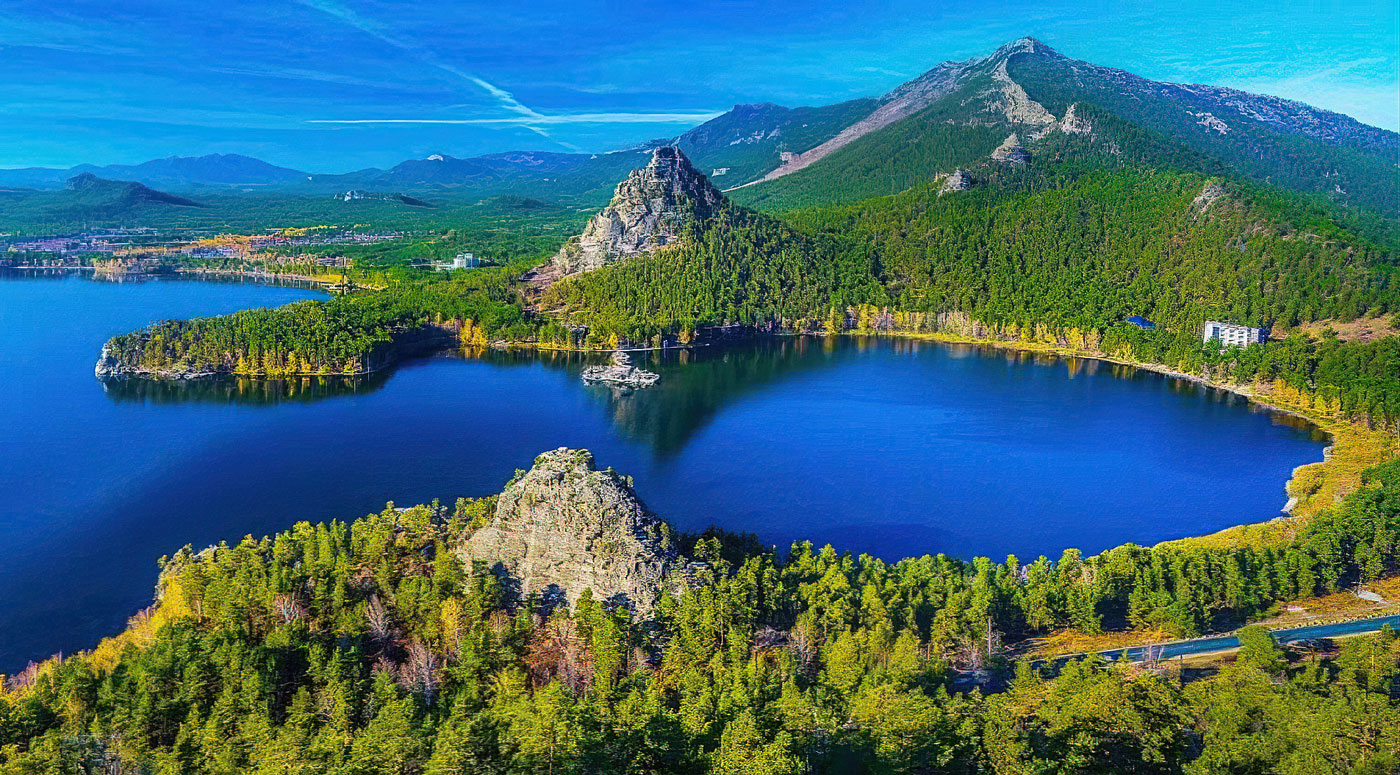
Tourism
— What is being done to make it easier for Estonians to travel to Kazakhstan?
— Kazakhstan has established a visa-free regime for EU citizens for up to 30 days, which already simplifies both business and tourist trips. While Estonian tourists still make up a small share of total foreign visitors, we see steady interest and significant growth potential.
According to Kazakhstan’s Ministry of Tourism, 11.5 million foreign tourists visited the country in the first nine months of 2025; it is a sign of the growing interest of tourists and a motivation to further improve access for European travelers, including Estonians.
We are also working on logistical challenges, as Kazakhstan’s vast territory means large distances between major tourist centers. We are expanding direct flights, developing domestic aviation, and modernizing railways and roads connecting key destinations. Mobile apps and online services are being introduced for route planning, transport and hotel bookings, and cultural site information. Tourist hubs are being developed in Almaty region, the Caspian coast, and Turkestan, allowing travelers to see more with less time.
Eco-tourism is also a priority, with Kazakhstan developing ecological and ethnographic routes that appeal to Estonians who value nature and sustainability.
In short, despite the large distances, Kazakhstan is working to make travel more convenient and enriching, offering international tourists a chance to explore its diverse landscapes and cultures.
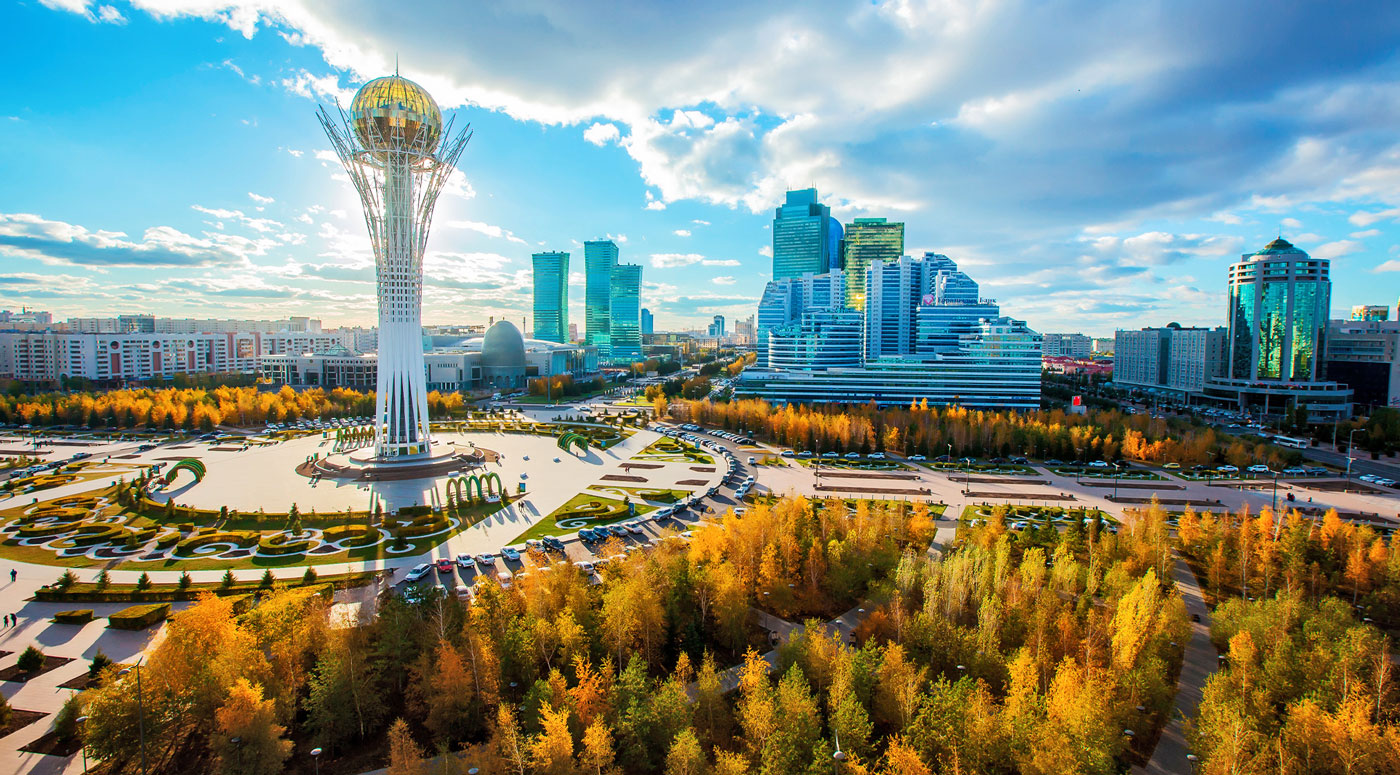
What would you recommend for Estonian tourists visiting Kazakhstan for the first time?
Kazakhstan is a land of contrasts, modern cities alongside ancient ones, steppe, mountains, deserts, and seas. For Estonian travelers who appreciate nature, history, and culture, I recommend:
Almaty and Almaty region – a former capital with stunning surroundings: Alatau Mountains, Charyn Canyon (often compared to the Grand Canyon), Kolsai Lake, and the Shymbulak ski resort.
Astana is a symbol of modern Kazakhstan. See Baiterek Tower, Khan Shatyr, National Museum and theaters, and the new Alem.ai Artificial Intelligence Center.
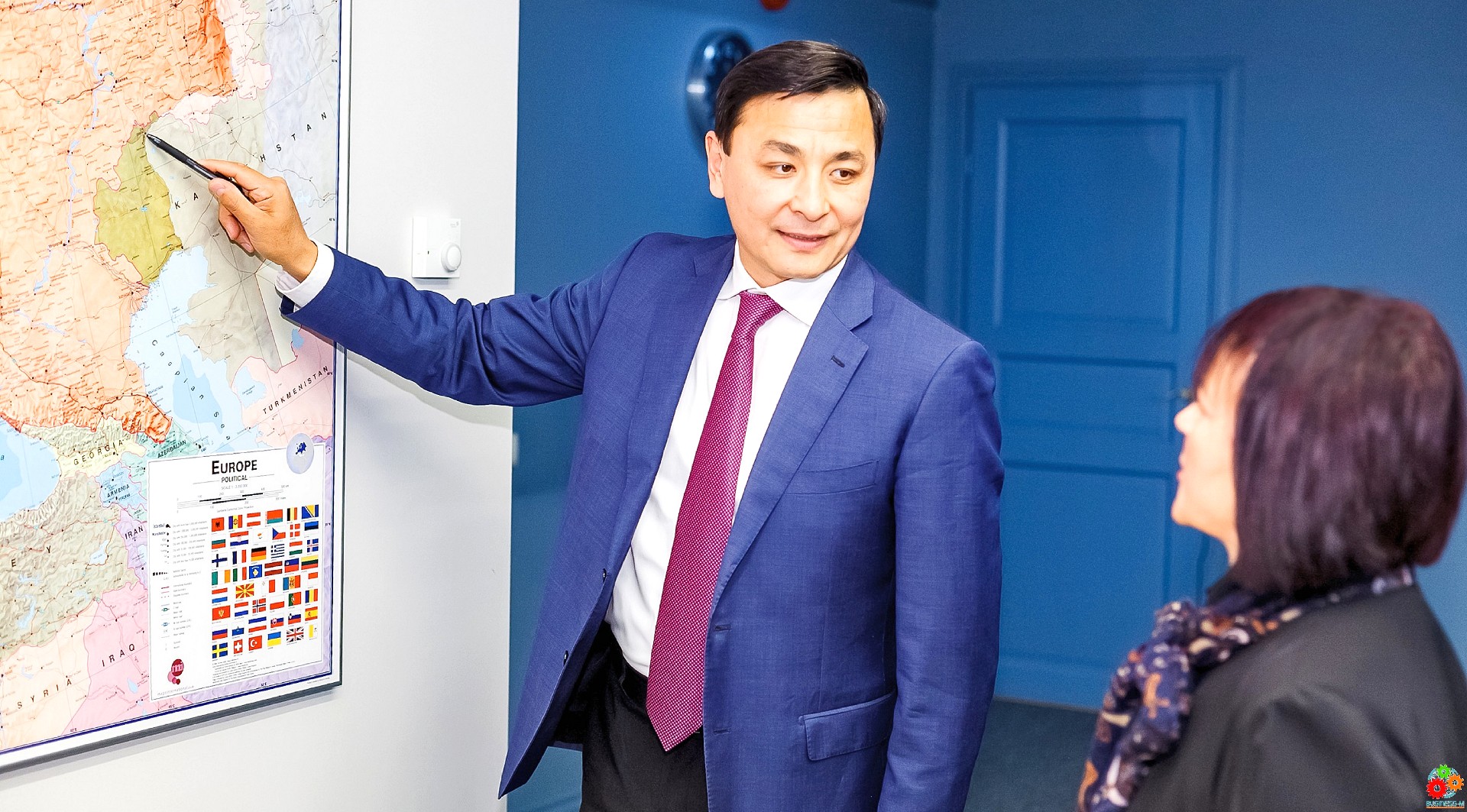
Southern Kazakhstan – historical and spiritual heart. Visit Turkestan and the UNESCO-listed Mausoleum of Khoja Ahmed Yasawi. The region offers both ancient Silk Road heritage and modern amenities.
Mangystau and the Caspian Coast – breathtaking landscapes like Bozzhyra, underground mosques, and eco-tourism potential.
Central, Northern, and Eastern Kazakhstan – Altay Mountains, Burabay and Kokshetau lakes — the so-called Kazakh Switzerland.
Do not miss the culinary experiences either: beshbarmak, kumis, baursaks. For Estonians, this will be a unique and flavorful adventure.
Are there any joint tourism initiatives with Estonia planned?
Yes, we are negotiating info tours, tourism fairs, and direct connections between our tour operators. Kazakhstan is opening up more to international tourism, and we hope Estonians will take advantage of that.
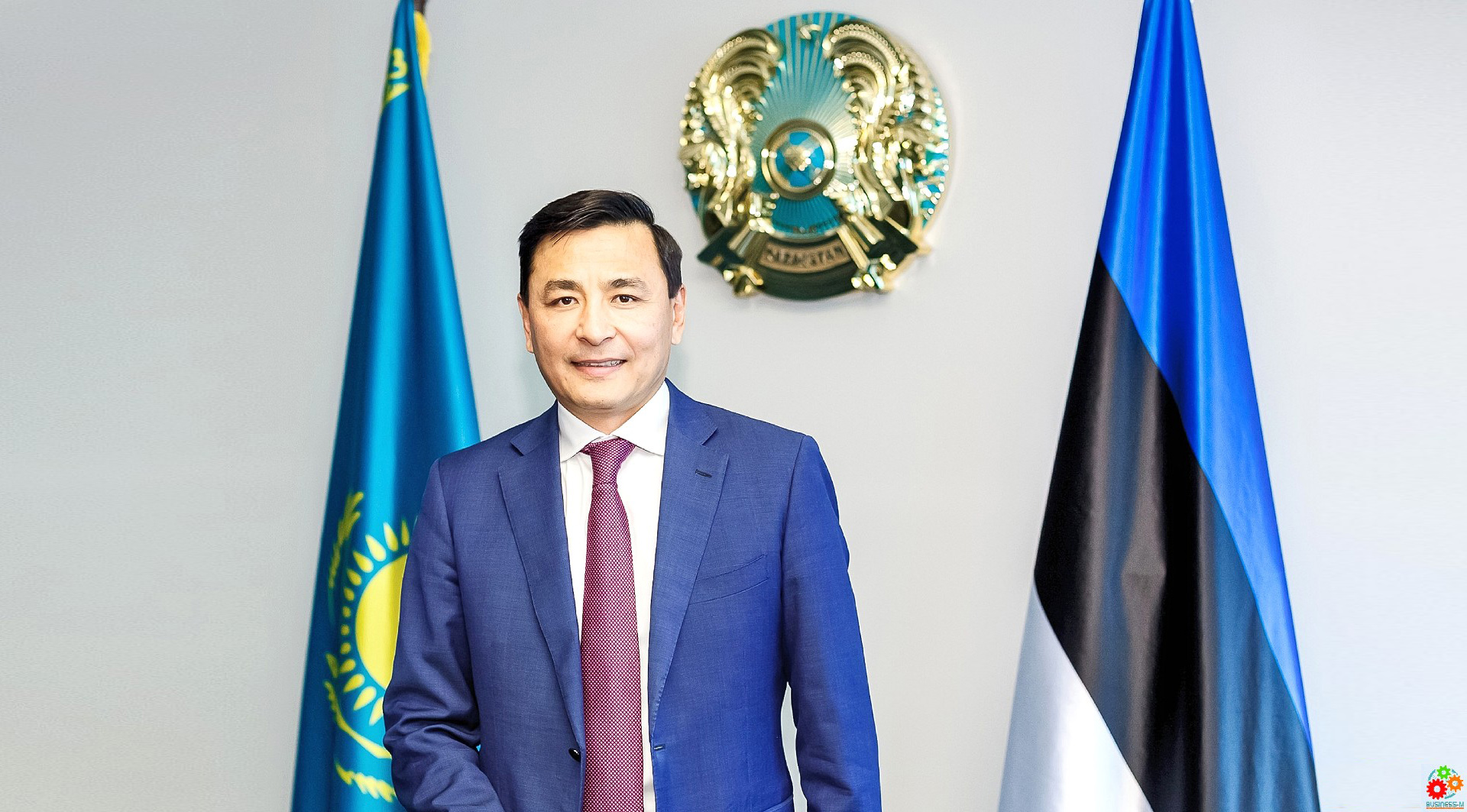
Life and Work in Estonia
— Had you visited Estonia before becoming Ambassador?
— This is my first visit to Estonia and the region in general. I am very happy to get to know this country, its culture, and people. I have already had the chance to appreciate the beauty of Tallinn’s Old Town and its medieval atmosphere and narrow streets. Truly one of the most impressive places I have seen.
— What places in Estonia have you particularly enjoyed?
— I visited Saaremaa Island for the annual Opera Festival, featuring performers from Spain last year and South Korea this year, that was a wonderful cultural experience.
I was also impressed by the Viljandi Folk Music Festival. Such events offer deep insights into Estonia’s national identity and musical heritage.
— How has your overall experience in Estonia been?
— I really enjoy living in Estonia. Especially summer, which is not too hot, very comfortable. The green forests, sea, and natural surroundings are great for children too.
Yes, it gets dark early in autumn and winter, but that is part of the local charm. Overall, Estonia feels cozy and calm.
All the conditions are in place for effective diplomatic work and to develop bilateral relations.
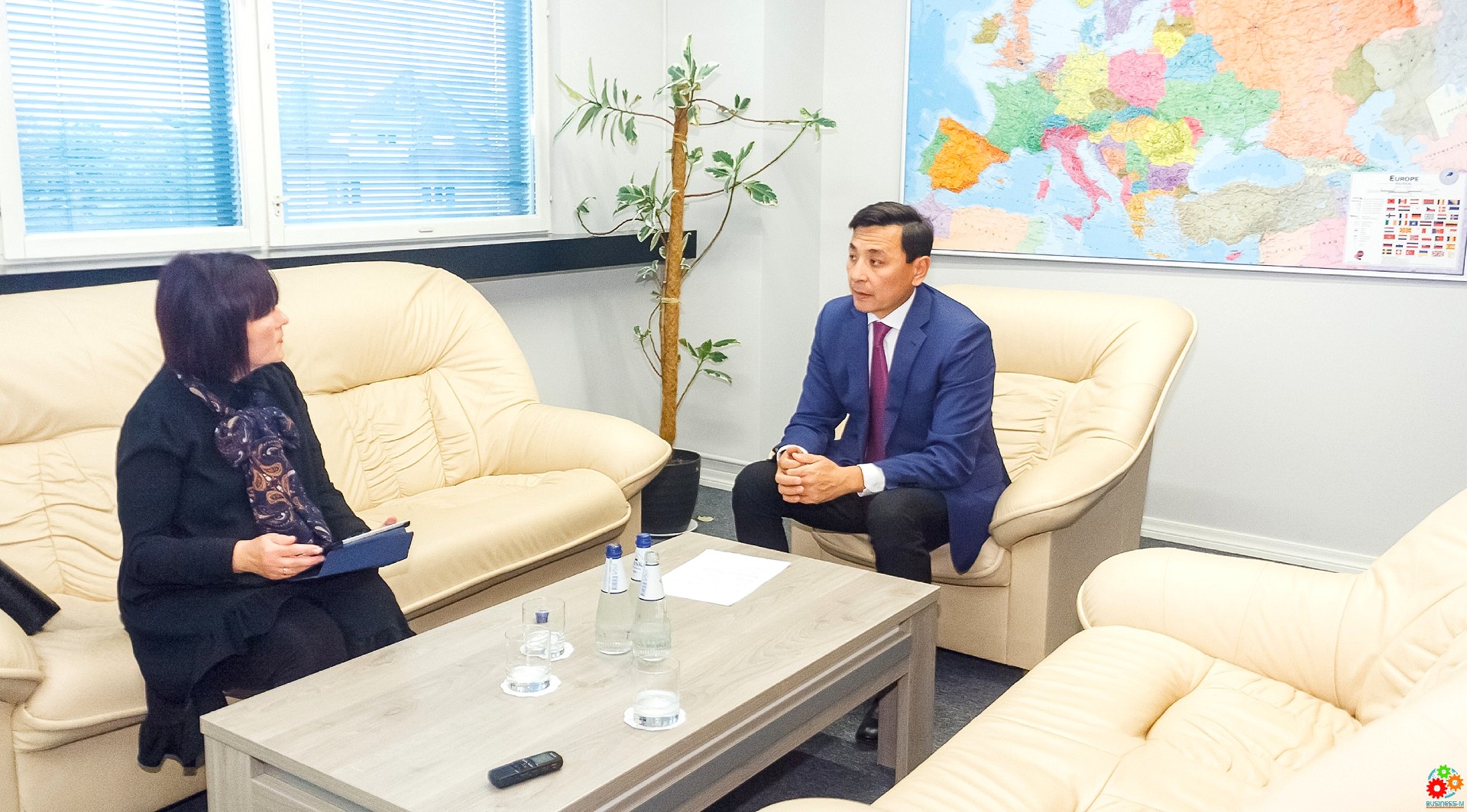
— Mr. Ambassador, thank you for the warm and open conversation. It was an honor to speak with you about cooperation, cultural initiatives, and the prospects for relations between Kazakhstan and Estonia.
Our conversation with Mr. Altay Kulginov reaffirmed the great potential for cooperation between Kazakhstan and Estonia. We are especially excited about the prospect of further partnership between BUSINESS-M.eu and the Embassy of Kazakhstan in Estonia in information and cultural projects that promote mutual understanding and knowledge exchange.
Let the Republic Day of Kazakhstan remind us all of the value of dialogue, respect, and moving forward together.
Photo by Stan Ryszkiewicz
![]()
.

